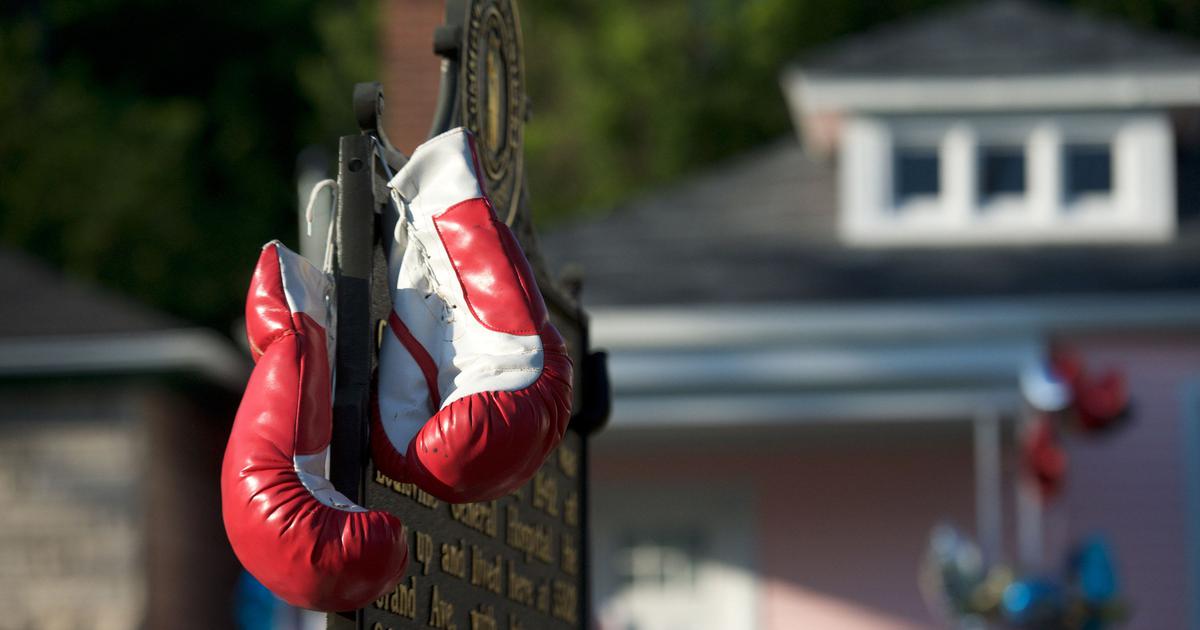
By Joseph D. Lewandowski, PhD |
The recent and tragic post-fight deaths of the Russian junior welterweight Maxim Dadashev and Argentinian super lightweight Hugo Santillan are almost certain to elicit a new round of calls to ban the sport of professional boxing. That is an understandable, if misguided, response.
Despite the ‘rags-to-riches’ pop culture narratives surrounding the sport, the ‘Sweet Science’ is a decidedly prosaic and working-class endeavor. Indeed, most boxing gyms accept all comers, require little or no fees, and provide basic equipment to gym members. Thus, unlike many organized sports, boxing presents virtually no economic or skill-specific entry barriers to participants. Thus it is that the sport typically draws individuals—primarily men but also women—from impoverished regions across the globe.
Yet the financial rewards for even the more successful boxers are modest—the hard truth is, most professional boxers never make enough money to support themselves by boxing alone. So why box? The pursuit of pugilism is in fact the pursuit of social recognition, respect, and distinction in contexts of profound disrespect and marginalization. Individuals do not join boxing gyms to ‘fight their way out’ of such contexts but instead to distinguish themselves in ways otherwise not readily available to them.
Thus, rather than banning the sport, what is most urgently needed is a thoroughgoing set of reforms.
Start with the need for a collective voice. With no union or fighters’ association, professional boxers lack the kind of collective bargaining power of athletes in many other pro sports.
As a result, with the exception, perhaps, of the most notable and highest earning fighters, boxers have little to no power over their working conditions, opponent selection, or purse negotiations. At the untelevised local and regional levels of the sport, especially, this leads to open exploitation by flesh-peddling managers and trainers who often pressure boxers to take fights for which they are not sufficiently prepared or clearly outmatched.
Unionization would provide professional boxers with the kind of structure and representation needed to pursue workplace grievances (including the harassment of female fighters), as well as workers’ compensation—in particular, disability pay, lump sum benefits, and medical benefits in the case of injury or death.
Beyond empowering fighters, however, the sport itself is in need of reforms designed to make it safer. The length of fights must be shortened. The standard 12-round championship fight is simply too long—and puts fighters at increased risk for the kind of sustained concussive blows that led to the deaths of Dadashev and Santillan. Better to make the standard maximum length eight rounds, with ten rounds reserved for championship bouts.
Additionally, and most crucially, blows to the head of each fighter should be counted, and an upper allowable limit on the number of clean head punches per round and per fight established. Once that threshold is crossed, the fight must be stopped and a fighter would be said to lose on ‘head punches’, in much the same way that he could lose ‘on cuts’. The precise number of maximum head punches that lead to a defeat is, to be sure, debatable, and hence a topic to be determined and continually reviewed by boxing and medical experts.
It may come as a surprise to non-boxing fans to learn that the technology needed to track blows to the head successfully is currently in use in most high level bouts. Known as CompuBox™, this blow-scoring system is operated by two individuals who electronically key in punches by accuracy (thrown or landed), location (head or body) and type (jab or power shot). In this way actual data regarding the physical toll of the fight on boxers is already available and could easily be used to make a decision to stop the fight.
The advantages of such a rule modification would be significant. First, it provides real-time public data for fight stoppages. Second, in a sport where refusing to continue and ‘quitting on the stool’ can mean the end of a career, it takes the decision to stop the bout out of the fighter’s hands. Third, establishing a head punch count limit constrains the decision-making power of trainers and corner men, who on any given night have a vested but conflicted interest in the health and relative success of their boxers.
Of course no set of reforms can make professional boxing entirely safe. As in other combat sports—but also in non-combat sports, such as solo free climbing, bull riding, and race car driving—boxers engage in a high risk athletic endeavor that inevitably tests the ultimate limits of human fortitude. It is precisely for that reason that ways must be found to minimize the risks of injury and, indeed, death, to its practitioners.
Joseph D Lewandowski is Professor of Philosophy at the University of Central Missouri and a member of the Editorial Board of the Journal of the Philosophy of Sport. A writer, researcher, educator and avid pugilist, he has presented and published widely in the philosophy of sport and culture.